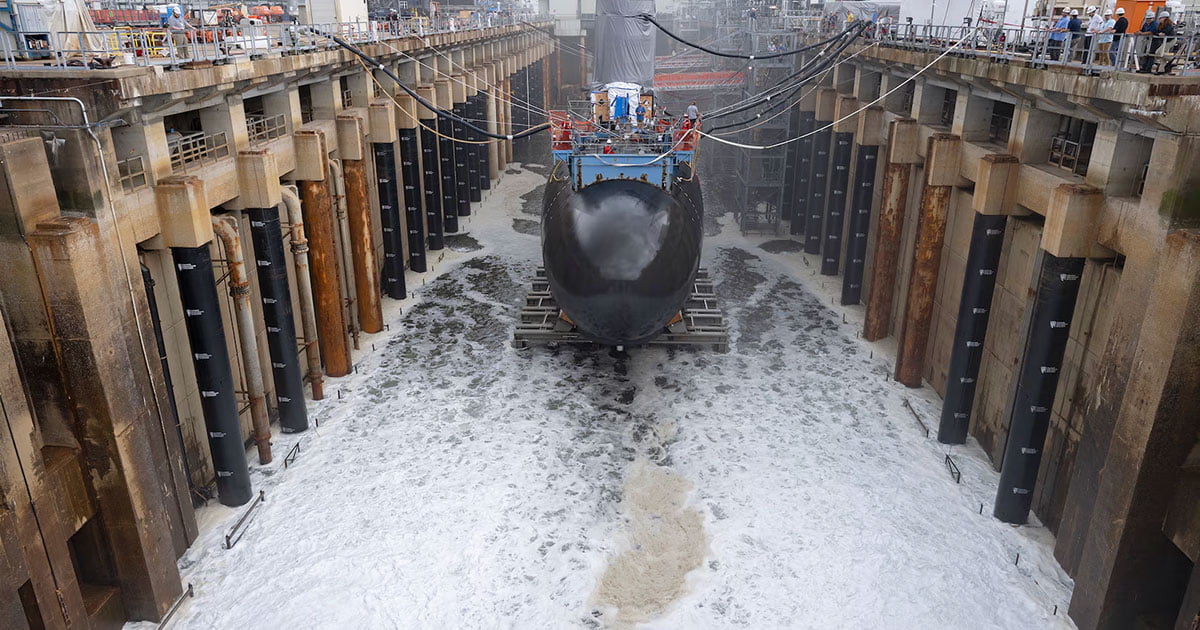The Space Act Agreement will empower the integrated energy company and space agency to collaborate on a variety of technologies, such as digital models and simulations that allow engineers and scientists to visualize equipment in remote locations more than 7,000 feet underwater or millions of miles away on another planet.
bp hopes this Space Act Agreement with NASA will help advance energy production on Earth, as well as human exploration of the Moon, Mars, and beyond.
Ken Nguyen, Principal Technical Program Manager at bp, said: “bp has built a proud legacy of technological innovation as we deliver the energy the world needs today while investing in the energy system of tomorrow. As NASA pursues a sustained presence on the Moon and Mars, we see a unique opportunity for bp and NASA to work collaboratively on the forefront of digital technology that will cultivate further innovation in energy and space.”
The Space Act Agreement is a legal agreement under the National Aeronautics and Space Act of 1958 that empowers NASA to work with companies, universities, and other entities to advance its mission and project objectives.
The initial phase of the bp-NASA Space Act Agreement will focus on developing standards and expanding the capabilities of visualization and simulation models. Later phases could include the exchange of remote operating practices, including safety, communications, process control and monitoring, integrity management, predictive analytics, and artificial intelligence.
The agreement could lay the foundation for future collaborations between bp and NASA on hydrogen, regenerative fuel cells, high-capacity batteries, solar power systems, small fission systems, and innovative power management and distribution.
bp has long been a leader in pioneering emerging technologies in the energy industry.
Argos, bp’s newest offshore platform in the Gulf of Mexico, is one of the most technologically advanced offshore facilities built to date. It features a range of innovations encompassing state-of-the-art remote communications, artificial intelligence, augmented and virtual reality, digital twin, and simulation models. This helps enable bp to monitor what’s happening below the subsurface and on the platform, allowing remote teams to make better decisions, optimize production, and identify potential issues.
Giovanni Cristofoli, bp’s SVP for bp Solutions, said: “Both bp and NASA are custodians of deep technical expertise, working in extreme environments—whether that’s at the bottom of the ocean or on the moon. Sharing what we know with each other will help us solve complex engineering problems faster, meaning we can focus on keeping energy flowing safely and delivering higher margins with lower emissions.”
bp and NASA have a long history. bp offshore workers have performed Helicopter Underwater Escape Training at NASA’s Neutral Buoyancy Laboratory, the astronaut training pool near Johnson Space Center in Houston. NASA also has used bp’s Castrol lubricants for over 60 years, including many of the Apollo missions and in the Curiosity and Perseverance Rovers on Mars.

